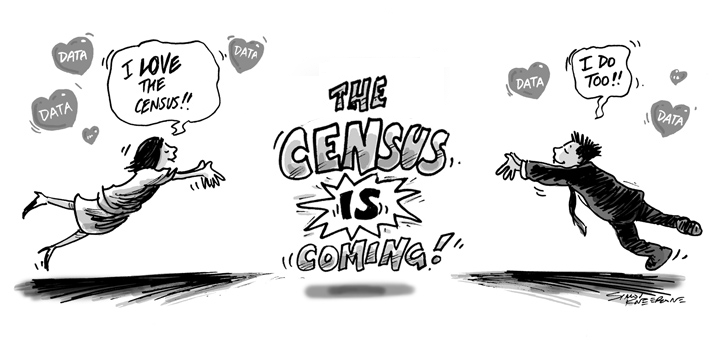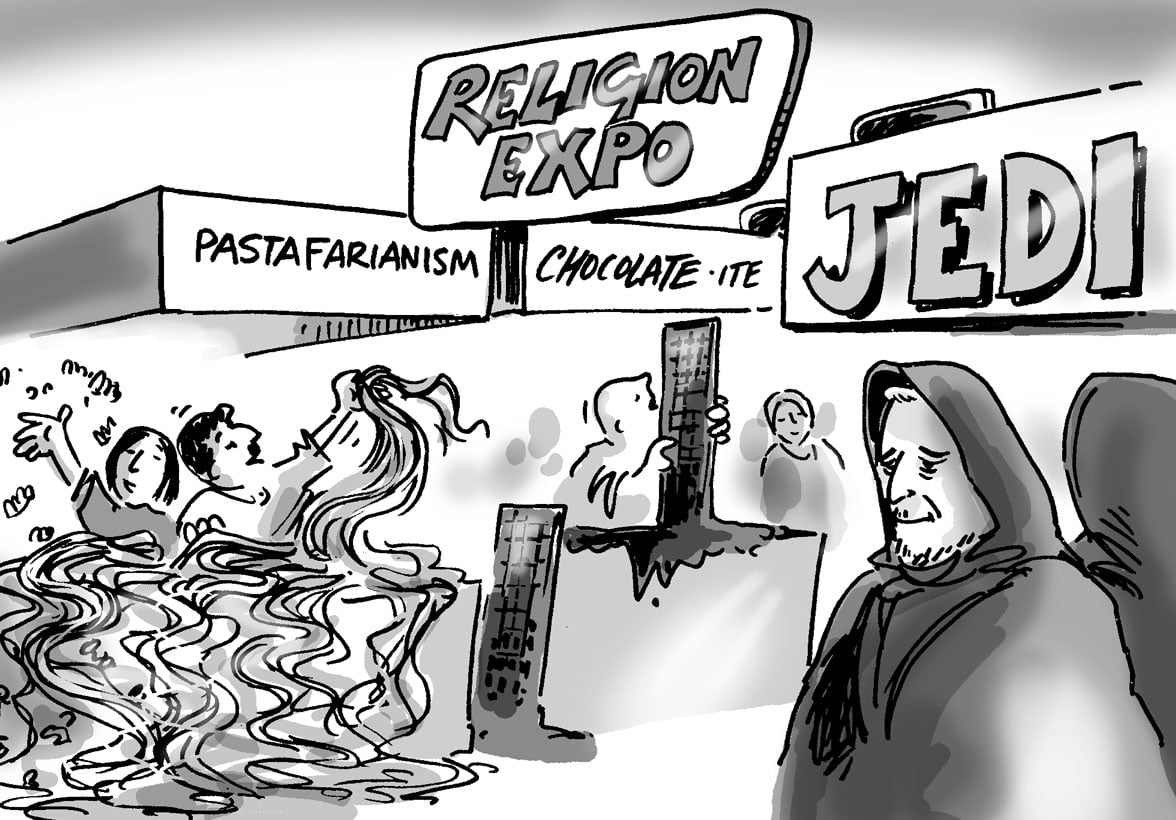With the 2016 Census survey now officially closed, we can all breathe a sigh of relief – at last count around 95% of households had completed the Census, which is a tremendous result in the face of some very difficult circumstances and negative publicity. So now we can turn our attention to what Census is all about. What will the 2016 Census results reveal about Australia and how we are changing?
The ABS will take around 8 months to collect and process the Census data to produce the first results, with results progressively released by the ABS from April through to the end of 2017. During this time, we can ponder what the data might show.
Visiting Local Government clients around Australia and running training and briefings on current demographic trends helps us build familiarity with what’s going on around the place, and we also use other data sources to provide further insight into how we’re changing as a nation. So in the lead up to the 2016 Census results being released, here are my predictions about what I think the data will reveal at a national level. When the data are released, we can check back and see how well I did.
12 predictions for the 2016 Census results
- Reduced Estimated Resident Population (ERP) of Australia. The ERP will approximately be around 24,038,000 – down by 100,000 from the pre-Census estimate. The Census and the Post-Enumeration Survey (which estimates how many people are missed) regularly revise Australia’s population, and I think the mining downturn will mean a slight reduction from the pre-Census estimates. In 2011, the population was revised down by more than 300,000.
- More people missed. The move to the primarily online survey and mailout, coupled with the Census website being offline on Census night, poor communication resulting in negative coverage on data privacy and security, and certain unhelpful politicians casting doubt on the Census will see the net undercount (the number of people missed in the Census) increase from 1.7% in 2011 to 4.0% in 2016. While this would not be a great result in Census terms, it will still provide a great deal of usable data down to small area level.
- The rise of No Religion. With the change to the Religion question putting “No Religion” at the top, the proportion of people choosing this option will rise from 22.3% to 29.0%, overtaking Western Catholic as Australia’s largest single religious group. This is also influenced by the large influx of Chinese migrants, the majority of whom have no religion. Islam will rise from 2.2% to 2.6% of Australia’s population, but Hinduism will overtake it, at 2.7%, due to very large migration from India. Christianity overall will fall from 61.1% to 54.8% of the total population, but “Christian, not further described” will continue to rise to 3.5% of the population, becoming Australia’s 5th largest religious group. Despite calls not to do so, around 52,000 people will still put their religion as some variant of “Jedi”
- Changing migration. The largest growing birthplace groups from outside Australia will be China and India, both increasing by nearly 50% to over 400,000 people each. With many Kiwis returning home, New Zealand migration will not grow as fast but will still be the 2nd largest group after the UK. In percentage terms, people from Pakistan will be the fastest growing group (of the larger countries), more than doubling in number from 30,000 to over 60,000. Large increases will also occur from Iran (+70%) and Nepal (+60%). We are also seeing a return in migration from Ireland, so expect the Irish to increase by about 25,000 or 40% as well. The tiny nation of Bhutan will have a large increase in percentage terms as well, adding about 2,000 people or over 100% increase to their current population in Australia.
- Rentals rise, home ownership falls. Large housing price increases will see an increase in the proportion of households rented in capital cities, from 28.8% in 2011 to 30.6% in 2016. There will be a corresponding fall in full home ownership from 29.3% to 27.8% and fall in mortgage holders from 35.1% to 34.1%. In contrast, regional areas will see a rise in mortgages to 33.0%, while rented dwellings will be stable at 28.5%.
- Growth in cities. Population will shift back to the cities – 80% of the 5-year growth in Australia will be concentrated in Greater Sydney, Melbourne, Brisbane, Adelaide and Perth. Previously fast-growing coastal areas outside the capitals will show slower growth in the 2011-2016 period.
- Housing for young adults. 25-34 year olds will be particularly affected by housing affordability. The proportion living in dwellings with a mortgage will drop from 39.7% in 2011 to 35.0% in 2016. Correspondingly the proportion renting will rise from 43.3% to 46.5%.
- Australia’s largest industry. Following changes in the past 3 Censuses, Health Care and Social Assistance will remain as Australia’s number 1 employing industry in 2016, employing more than 1.4 million people. Manufacturing (which was the largest employer in 2001 and earlier) will drop back further to 880,000 people.
- Higher education. We continue to become more educated. The proportion of Australians with a Bachelor Degree qualification will top 1 in 5 for the first time, reaching 21.5% in 2016.
- Stable household size. Australia’s average household size will continue to be stable at 2.55 people per dwelling. Declines in regional areas will be offset by small increases in metropolitan areas.
- Overseas exclusions. Approximately 1.2 million Australians overseas on Census night will not be included in the Census. These are not part of the undercount as they are out of scope for the Census and are factored back into the ERP using Passenger Cards.
- The impact of the Rio Olympics. The number of people with “Sportspersons” and “Sports Coaches” occupations, and “Instructors and Officials” will drop by about 5% and 2% respectively. This is due to the number of athletes and support staff at the Rio Olympics, which covered the Census period. In 2011 there were 7,862 Sportspersons and 28,825 Coaches and Officials in Australia. So the few hundred at the Olympics will have a small impact which may be offset by population growth. The Olympics coincides with Census every 20 years.
So there we have it! 12 predictions of what the Census data will reveal Australia-wide when released in 2017. I will revisit these predictions and see how I close I was when the data comes out.
Of course the real power of Census data is its ability to present the different stories for the Local Government Areas, suburbs, and local areas down to individual street level.
Following the ABS data releases in 2017, .id will progressively update profile.id and atlas.id so you can see if your areas follow these trends or perhaps go in completely opposite directions!
.id are population experts who analyse, enhance and present Census data using interactive web applications. You can access our community population profiles to see how the results from previous Censuses relate to your local area: Community profiles for Australia and New Zealand.









